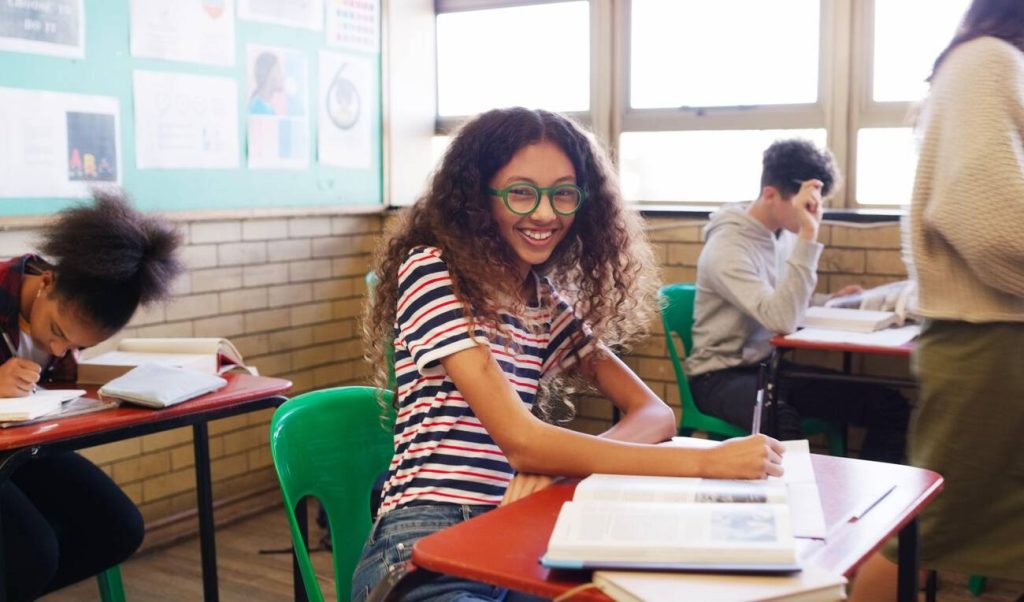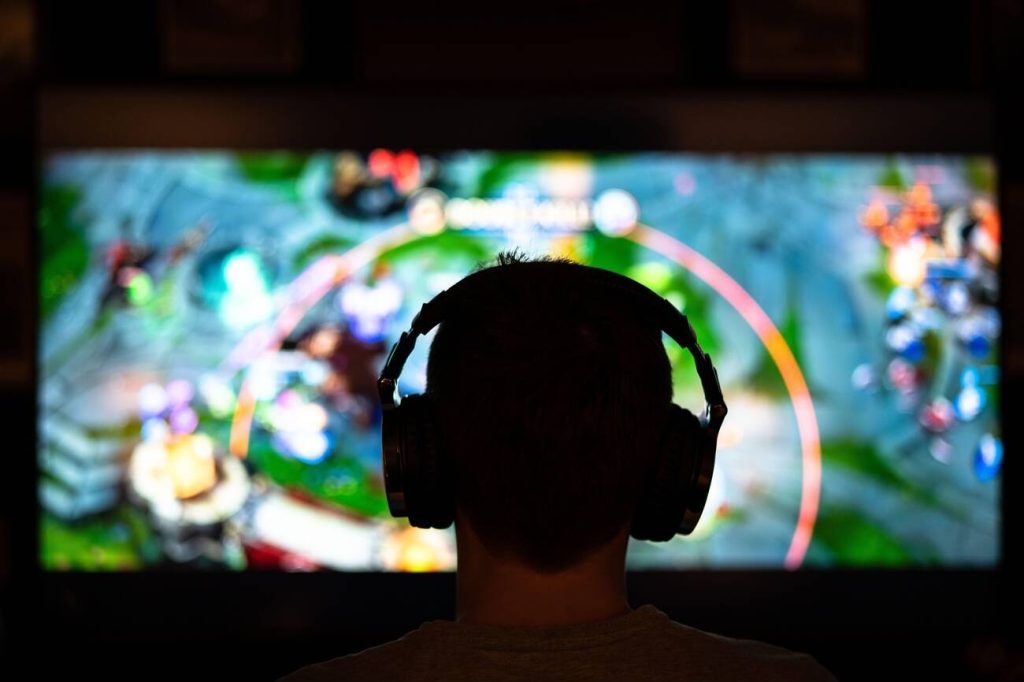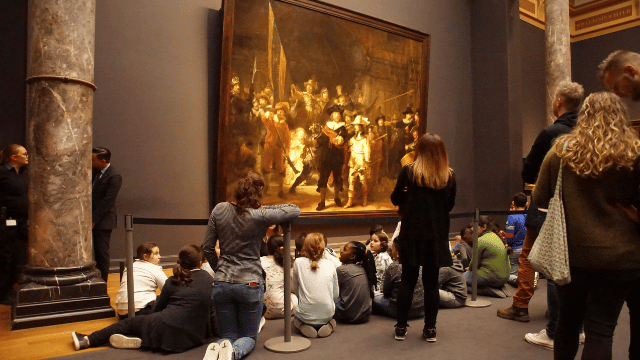When you visit a museum, a world of wonder unfolds before you. Stories of the past fill the air, waiting to be unraveled. Exhibits and artifacts beckon, holding secrets that whisper to your soul. As you wander, you’re transported through time, connecting with diverse cultures and histories. Your senses awaken, imagination ignites, and human experiences come alive. Embrace the opportunity to explore, learn, and reflect as you delve into art, history, and innovation.
Immersive Cultural Experiences
When you visit a museum, immerse yourself in the diverse cultural experiences offered through interactive exhibits and engaging displays. Cultural immersion and sensory experiences await as you walk through halls filled with historical artifacts and artistic inspiration. Take a moment for personal reflection, delving into the historical context surrounding each exhibit to deepen your understanding. Allow yourself to be moved by the emotional connections you feel to tangible history, creating a sense of closeness to the past.
Engage in interactive learning opportunities that spark your curiosity and provide educational engagement on various topics. Let the museum guide you through a journey of creative expression, where you can explore different perspectives and gain insights into the world around you. Through this immersive experience, you’ll not only learn about the past but also connect with it on a deeper level, fostering a newfound appreciation for the richness of human history.
Historical Insights and Reflection
As you delve deeper into the museum’s exhibits, you can’t help but feel a profound sense of connection to the past. Historical contemplation takes hold as you ponder the lives and events that have shaped the world as you know it. Personal introspection becomes inevitable as you consider how the past influences the present and possibly the future. Cultural appreciation blossoms within you as you witness the diverse traditions and stories on display, fostering a deeper understanding and respect for different ways of life. Artistic interpretation sparks your imagination, allowing you to see history through a creative lens and appreciate the beauty in each artifact. Reflective engagement with the exhibits prompts you to question, learn, and grow, offering a unique opportunity for self-discovery and enlightenment. Each moment spent in the museum is a chance to explore, learn, and connect with the rich tapestry of human history.
Artistic Inspiration and Creativity
Entering the museum, you are immediately enveloped in a world of artistic inspiration and creativity.
- Artistic Expression: Vibrant paintings, intricate sculptures, and captivating installations showcase a myriad of artistic styles and techniques, evoking emotions and sparking imagination. Each piece tells a unique story, inviting you to interpret and connect with the artist’s vision.
- Creative Exploration: As you wander through the galleries, you encounter innovative artworks that push boundaries and challenge traditional norms. Interactive exhibits offer a hands-on approach, encouraging you to explore your own creativity and experiment with different forms of artistic expression.
- Cultural Immersion: Immersed in a diverse array of cultural artifacts and contemporary pieces, you embark on a journey through different time periods and regions. The fusion of traditions, histories, and perspectives in the museum’s collections provides a rich tapestry of cultural experiences, broadening your understanding and appreciation of global creativity.
In this environment of artistic expression, creative exploration, cultural immersion, and personal inspiration, you are bound to encounter innovative experiences that will leave a lasting impact on your creative soul.
Interactive Learning Environments
Upon stepping into a museum, you will immediately engage with interactive learning environments that foster immersive educational experiences. These interactive exhibits offer hands-on activities that promote educational engagement, allowing you to delve into historical exploration through immersive experiences. Through digital innovation and technological advancements, museums provide a platform for learning that goes beyond traditional methods. Community partnerships play a crucial role in creating collaborative learning environments within museums, enriching your visit with diverse perspectives and shared experiences. These partnerships contribute to cultural preservation by showcasing the importance of historical artifacts and narratives. For parents addressing gaming addiction, replacing excessive screen time with immersive and educational environments like museums can help children develop healthier learning habits. By actively participating in these interactive exhibits, you not only learn about the past but also become a part of the ongoing dialogue surrounding cultural heritage and history. Embrace the opportunity to engage with these dynamic learning environments, as they offer a gateway to a deeper understanding of the world around you.
Emotional Connections to Artifacts
When you encounter historical artifacts in a museum, you experience a deep connection that stirs your emotions and sparks curiosity. These artifacts have the power to transport you through time, evoking a range of emotional responses and forging personal connections that transcend the physical boundaries of the museum walls. As you stand before these relics of the past, consider the following:
- Personal connections: Each artifact holds a story waiting to be discovered, allowing you to connect with the individuals who once owned or interacted with these objects on a personal level.
- Emotional responses: The sight of these artifacts can evoke feelings of nostalgia, awe, or even sadness, as you contemplate the lives and experiences associated with them.
- Historical significance: Understanding the historical context and significance of these artifacts deepens your appreciation for the past and the events that have shaped our present.
In this intimate interaction with artifacts, you find cultural resonance and artistic expressions that speak volumes about the human experience.
Critical Thinking and Interpretation
As you engage with historical artifacts in a museum, your critical thinking skills are challenged to interpret the significance and context of these objects. Through analytical exploration, interpretive engagement, reflective questioning, critical examination, and thoughtful analysis, you delve into the depths of history that these artifacts represent. It’s crucial to actively engage with the information presented, considering potential biases and seeking a comprehensive understanding. Contextualization plays a pivotal role in unraveling the stories behind each artifact, allowing for a more profound connection to the past. By critically examining the displays and information provided, you can enhance your learning experience and gain a richer understanding of historical events. Embracing a mindset of thoughtful analysis enables you to appreciate the complexities and nuances of each artifact, fostering a deeper connection with the past and enriching your museum visit with newfound insights.
Appreciation for Diverse Perspectives
When visiting a museum, your appreciation for diverse perspectives is heightened through exposure to various cultural narratives and histories.
- Cultural Understanding: As you move through exhibits, you gain insight into different customs, traditions, and ways of life, deepening your understanding of diverse cultures.
- Empathy Cultivation: Viewing artifacts and stories from various backgrounds fosters empathy as you connect emotionally with the experiences and struggles of people from different times and places.
- Perspective Broadening: Each display offers a new lens through which to view the world, broadening your perspective and challenging preconceived notions.
Through identity exploration and tolerance promotion, museums serve as catalysts for personal growth and societal understanding. Embrace the opportunity to immerse yourself in the richness of human experiences, allowing these encounters to shape your worldview and cultivate a deeper appreciation for the tapestry of diversity that makes up our global community.
Engaging Technological Innovations
In your exploration of museums, technological innovations enhance your engagement with cultural narratives and histories, providing immersive experiences that deepen your appreciation for diverse perspectives. Museums nowadays are incorporating cutting-edge technologies to offer visitors a more interactive and enriching experience. Here is a glimpse of how technological advancements are transforming museums:
| Technological Innovations | Description |
|---|---|
| Virtual Reality Experiences | Transport yourself to different eras and locations through virtual reality simulations. |
| Interactive Exhibits | Engage with exhibits through touchscreens and interactive elements, making learning more dynamic. |
| Digital Innovations | Explore museum collections online, access additional information, and participate in digital activities. |
| Technological Advancements | Experience state-of-the-art displays and features that revolutionize how information is presented. |
| Augmented Reality Features | Overlay digital content onto the real-world environment, blending the physical and digital realms for a unique experience. |
These technological enhancements not only make your museum visit more enjoyable but also deepen your understanding and connection to the stories being told.
Sense of Community and Belonging
When you walk through the halls of a museum, the collective stories and artifacts create a strong sense of community and belonging.
- Community Engagement: Witnessing people from various backgrounds coming together to appreciate art and history fosters a sense of togetherness.
- Inclusive Environments: Museums strive to welcome all individuals, making everyone feel included and valued in the shared experience.
- Shared Heritage: Exploring exhibits that showcase the history and traditions of different cultures helps build connections and understanding among visitors.
In museums, you can experience cultural celebrations and witness unity through diversity, where people from different walks of life unite under the common appreciation for art and history. The sense of community and belonging cultivated in these spaces transcends language and cultural barriers, creating a shared sense of identity and pride in our collective heritage. By engaging with the exhibits and participating in museum events, you contribute to the vibrant tapestry of cultural exchange and connection that museums offer.
Reflection on Societal Issues
As you engage with museum exhibits, explore how they prompt reflection on pressing societal issues, sparking critical conversations and fostering a deeper understanding of our shared history and challenges. Museums serve as platforms for addressing social justice by shedding light on historical injustices, amplifying marginalized voices, and celebrating diversity. They play a crucial role in confronting societal injustices and preserving cultural heritage, offering a space to reflect on the past to shape a more equitable future. By showcasing cultural narratives and artifacts tied to marginalized communities, museums provoke thought and discussion on contemporary issues, encouraging visitors to confront uncomfortable truths and advocate for change. Through interactive exhibits and immersive experiences, museums strive to redefine traditional narratives and promote inclusivity, inviting visitors to engage with diverse viewpoints and challenge preconceived notions. By embracing diversity celebration and highlighting the voices of those often silenced, museums foster empathy, understanding, and a renewed commitment to social progress.
Preservation of Cultural Heritage
Exploring museums evokes a profound appreciation for the preservation of cultural heritage. When you walk through the halls of a museum, you witness the impact of cultural preservation on society. The strategies employed to conserve heritage are evident in the meticulous care taken to protect and display artifacts. Each traditional artifact on display carries significant historical legacy, emphasizing the importance of understanding our past for shaping the future. As you admire these artifacts, you can’t help but ponder the validation of their authenticity, realizing the value they hold in telling the stories of our ancestors. Museums serve as vital guardians of our cultural heritage, ensuring that the richness of our history is not lost to time.
Impact on Future Generations
When you visit a museum, you often gain a deeper appreciation for the impact it will have on future generations. Museums play a significant role in shaping generational impact and preserving cultural legacies through their focus on historical significance. The emotional resonance experienced while exploring artifacts establishes a strong connection that transcends time, ensuring future learning and understanding. The educational value of museums extends beyond facts, instilling societal relevance by addressing pressing issues and fostering cultural understanding. By emphasizing the importance of preservation, museums safeguard heritage for future reflection, contributing to a shared cultural narrative. Below is a table highlighting key aspects of how museums influence future generations:
| Keywords | Description |
|---|---|
| Generational impact | Museums shape future perspectives and values |
| Future learning | Providing insights for future generations |
| Emotional resonance | Connecting individuals across time through artifacts |
| Educational value | Offering societal relevance and knowledge |
| Preservation importance | Safeguarding cultural heritage for posterity |










